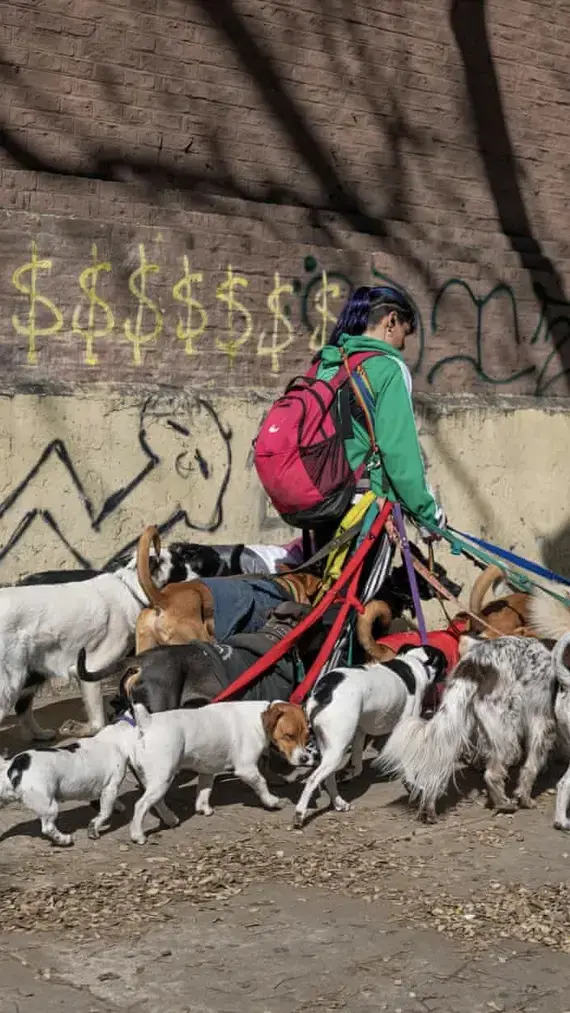I studied for a bachelor's degree in economics, and when I discovered photography later in life, I thought I’d never use that profession again.
But sadly, while living in my native Argentina, I endured double-digit inflation for 36 years, with an average annual inflation of 80% over the course of my whole life. This includes a period in the late '80s and early '90s in which I survived two extreme inflationary peaks, known as hyperinflation.
The current U.S. inflation rate may seem shocking, but for an Argentine, 8%-9% inflation is not a big deal. Our latest estimates suggest this year’s will be around 90%. Unsurprisingly, the daily conversation in Argentina gravitates to inflation every day of our lives: from kids to seniors, at parties, on the street, at the supermarket. And believe me, many of the principles that shape the day-to-day habits of Argentine workers, consumers, and savers are applicable to its inflation.
There are only three ways to meet the unpaid bills of a nation. The first is taxation. The second is repudiation. The third is inflation. Inflation is the one form of taxation that can be imposed without legislation (instead of asking for permission prior to action, politicians ask for pardon post action). It destroys savings, impedes planning, and discourages investment. That means less productivity and a lower standard of living. But for societies as a whole, the worst thing about inflation is that it can have far-reaching distribution effects. The wealthiest people are usually in a better position to engineer their finances in the face of instability and uncertainty created by inflation. Thus, the rich get richer and the masses poorer, augmenting existing income inequality at a social level.
As a photographer, economist, and Argentine, I share these colorful and playful pictures to draw your attention and alert you about the dangers of inflation. It creates poverty and makes societies more unequal and less productive.
Some call it funny money, but it’s not funny at all.











